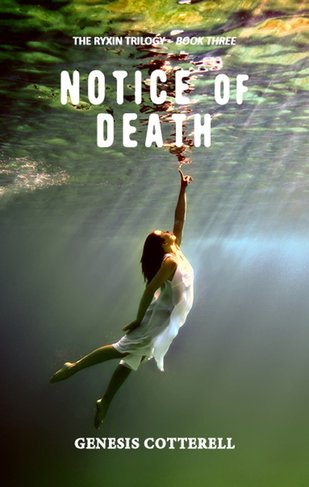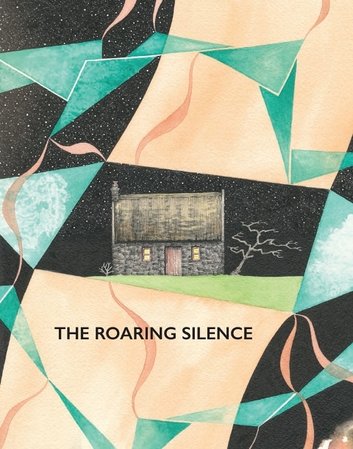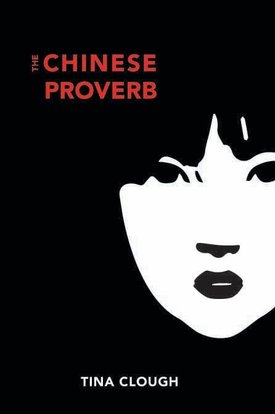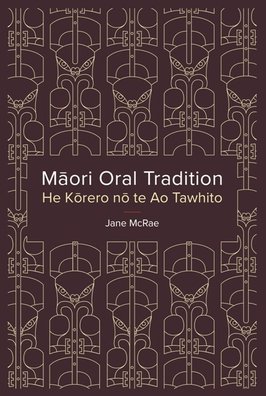
by Genesis Cotterell
Revenge is the underlying theme of this third murder mystery, set in New Zealand some time in the future.
Since there are different laws for different ethnic groups – Humans and Ryxins – private Ryxin investigators Curtis McCoy and Janux Lennan have the task of finding the dead Ryxin woman’s killer. Janux is close to completing her PI training – an achievement which will make her Curtis’s partner in the agency and will allow them to legitimise their own relationship as a couple. During this investigation, we see Janux finally realising her own worth as an investigator and sticking up for herself in her work and personal relationships with Curtis.
Once again, as in the first two books in the trilogy, in Notice of Death, Cotterell’s low-key writing style can lull the reader into thinking that this is an easy read. And once again, there is much more lurking between the lines. As well as the question of revenge versus forgiveness, and whether or not revenge brings satisfaction and peace, Cotterell deals with issues such as adult bullying and the trilogy’s recurring theme of first and second-class citizenship.
Although Curtis and Janux drink an alarming amount of whisky in this book, they do manage to solve the latest mystery along with an overlapping cold case, so that the trilogy is brought to a fairly satisfying conclusion.
Janux has matured greatly since we first met her as the widow of a recent murder victim in Murder on Muritai (Book 1 in the trilogy) and as most of the main figures in Notice of Death are women, this book unfolds largely from her point of view.
I would have liked to see Curtis become a warmer, more sensitive man, but without other Ryxin men to compare him with, it is impossible to know whether he could ever share any of the positive traits of modern human men as we know them. Because he remains cool and distant, I found the way he resolves his personal quandary at the close of the book rather superficial, hasty and disappointing.
Readers coming to the Ryxin world of Muritai Island without having read Books 1 and 2 in the trilogy will be wondering who on earth the Ryxins are. I feel a brief overview of Ryxin lore, at the beginning of the book, would be useful to new readers and a helpful reminder to those of us who have already enjoyed Murder on Muritai and The Forbidden Gene.
Writer, freelance proofreader, copy editor, and translator from Italian to English.
Carolyn kindly offers accommodation at reasonable rates for FlaxFlower writers
in Thames (Waikato) and Ventimiglia Alta (Liguria, Italy ). [email protected]
ED NOTE: Murder on Muritai, Book 1 in the Ryxin Trilogy, was reviewed on this site on 13 July 2016, and Book 2 on 15 November 2016. Access the reviews via Archives on right sidebar. They are both available, RRP print $30, from the author’s website, Wheelers Books; Beattie & Forbes Bookseller, Napier; Onekawa Books & Gifts, Napier. Digital: Amazon.
Title: Notice of Death — Book 3 of The Ryxin Trilogy
Author: Genesis Cotterell
Publisher: P Hayes
ISBN: 978-0-473-39638-1 (Print); ASIN: B01NH9U4AZ (Amazon Kindle)
RRP: $30 Print Copy
Available: Print: From author’s website: genesiscotterell.com (contact form); and Wheelers Books. Digital: Amazon




 RSS Feed
RSS Feed
